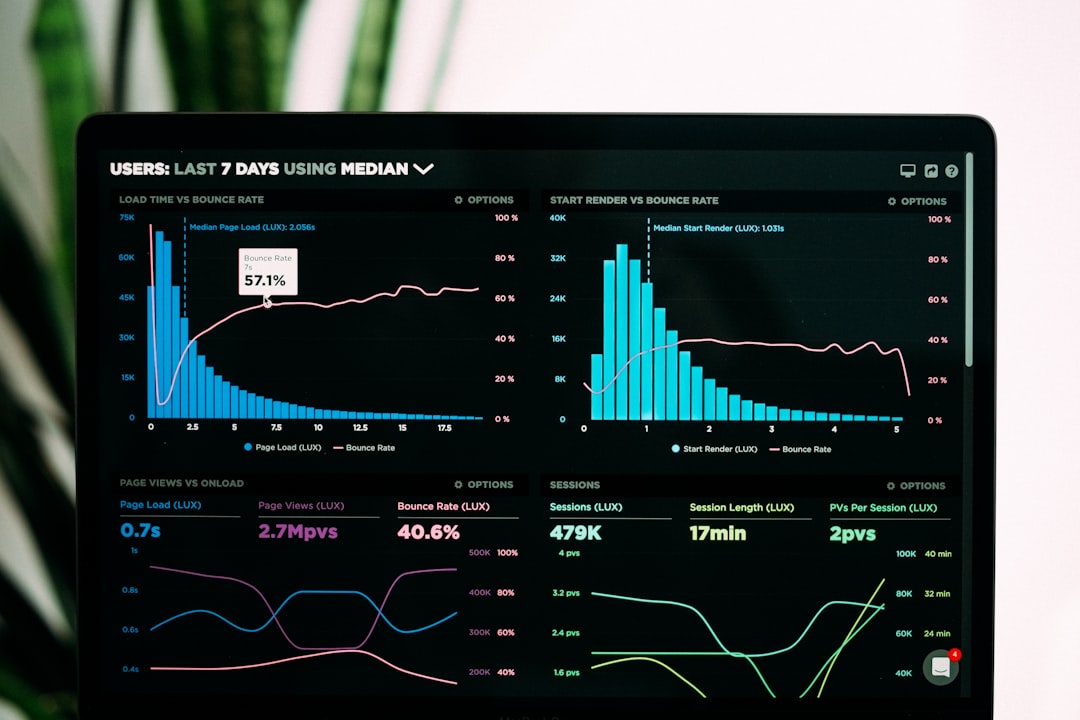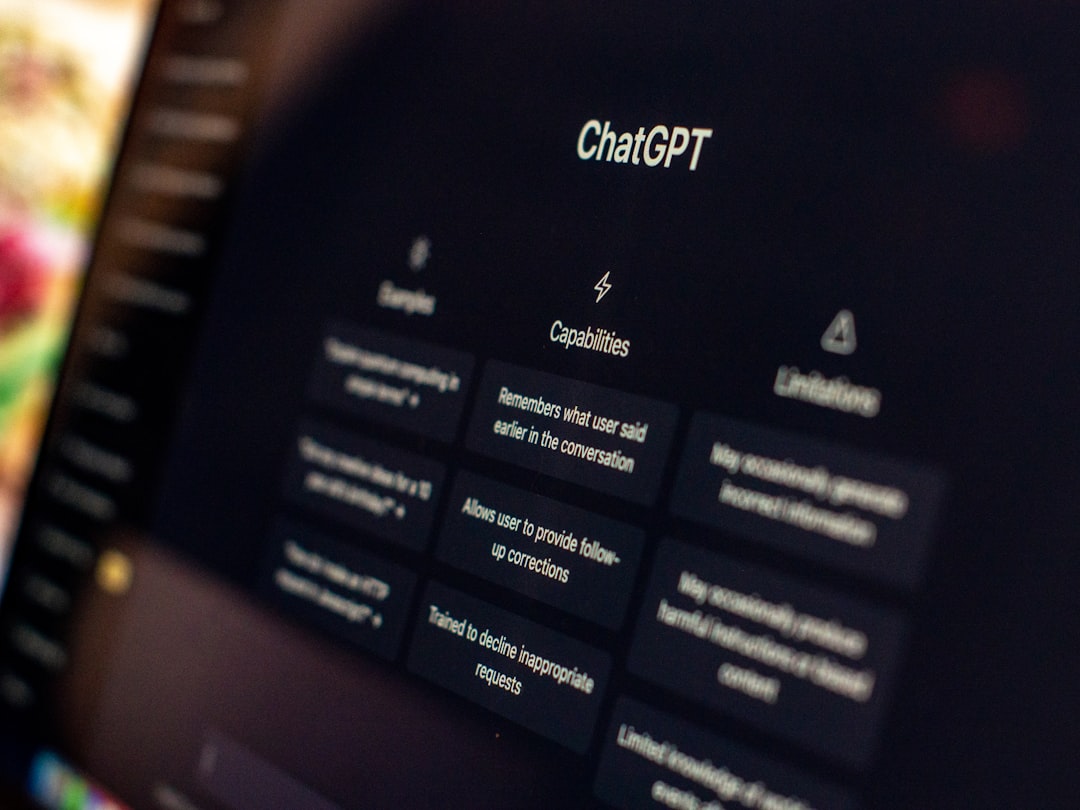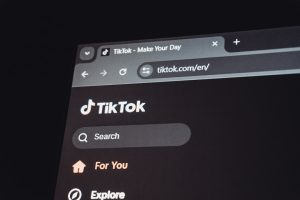
In the age of instantaneous connectivity, applications are evolving rapidly to cater to user expectations of real-time updates. Whether it’s getting stock prices the moment they change, receiving live sports scores, or being alerted the moment someone likes a post, real-time capabilities are becoming increasingly essential. Two of the most effective ways to implement real-time feeds are through streams and webhooks. Though they serve a similar end goal—namely, delivering data in real time—they achieve this in fundamentally different ways, each with its own set of advantages and use cases.
Understanding Real-Time Data Feeds
Real-time data feeds are continuous transmissions of updated information sent to a recipient system or device as soon as the data is available. This contrasts with traditional models, where systems polled for updates on a scheduled basis. Real-time feeds make systems more efficient, responsive, and interactive.
A properly implemented real-time feed can reduce manual refreshes and polling intervals, thereby saving bandwidth, CPU cycles, and improving user engagement. Applications in finance, IoT, e-commerce, and social media especially benefit from these capabilities.
What Are Streams?
Streams are continuous, open connections between a server and a client. Instead of periodically requesting updates, the client initiates a connection and then listens passively as the server pushes data as it becomes available. Think of it as subscribing to a digital channel where updates are automatically broadcasted to you.
Technologies that implement streaming include:
- WebSockets – Enables two-way interactive communication sessions between the user’s browser and a server.
- Server-Sent Events (SSE) – Allows servers to push updates to the browser over an HTTP connection.
- Kafka, Apache Pulsar – High-throughput, low-latency platforms for distributed streaming.

Streaming is ideal for situations requiring constant state updates. For example, live sports apps benefit from pushing scores, player stats, or game changes in real time. Unlike polling, streaming doesn’t waste resources in periods of inactivity—the server simply doesn’t send data unless there’s something to report.
Pros of Streaming
- Low latency and high responsiveness
- Efficient data transmission by pushing only when required
- Great for applications requiring continuous updates
Cons of Streaming
- Needs a persistent connection, which may increase complexity
- Can be hard to scale due to continuous open connections
- Challenging to debug due to asynchronous behavior
What Are Webhooks?
Webhooks operate on a different model compared to streams. A webhook is like a reverse API call. The server makes an HTTP POST request to a client-defined endpoint when a specific event occurs. Instead of clients asking “Has something changed yet?”, the server announces, “Something just changed!”.
Popular platforms like GitHub, Stripe, Slack, and Shopify use webhooks to notify external systems about changes such as code commits, payments, or new orders.

Webhooks are extremely useful in event-driven architectures where specific actions should be taken only when predefined events occur. For example, when a customer completes a purchase, a webhook can notify a third-party inventory system to update stock levels immediately.
Pros of Webhooks
- Simple and lightweight to implement
- Consumes server resources only when an event occurs
- Loose coupling between systems, ideal for microservices
Cons of Webhooks
- Less suited for high-frequency or high-volume data
- Occasional delivery failures if the receiving service is down
- Lacks built-in retry or error-handling mechanisms in many cases
Comparing Streams and Webhooks
Choosing between streams and webhooks depends on the use case. Here’s a side-by-side comparison:
| Criteria | Streams | Webhooks |
|---|---|---|
| Data Frequency | High-frequency, continuous | Event-driven, intermittent |
| Resource Use | Requires a persistent connection | No persistent connection—triggers only on events |
| Scalability | Difficult to scale with many open connections | Scales well with proper queuing and retries |
| Simplicity | High complexity in setup and maintenance | Simple to implement and use |
Generally speaking, use streams when you need continuous updates (like financial tickers or chat apps), and webhooks when you only need to act upon specific events (like user sign-ups or payment completions).
Best Practices for Real-Time Feeds
Whether implementing streams or webhooks, following best practices ensures robustness and reliability:
- Authentication – Secure both endpoints with authentication tokens or signatures.
- Rate Limiting – Prevent abuse or system crashes due to excessive messages.
- Error Handling – Set retry mechanisms for failed deliveries, use dead-letter queues.
- Monitoring – Log and monitor data flows with observability tools.
- Data Serialization – Use efficient and consistent data formats like JSON or Protocol Buffers.
Use Cases in the Real World
Both streaming and webhook solutions are deployed extensively in various industries:
- Finance – Streaming live market data to traders’ dashboards.
- E-commerce – Webhooks notify about stock depletions, order placements.
- Logistics – Real-time fleet tracking using GPS streams.
- Healthcare – Alert physicians instantly of critical patient data updates.
- Social Media – Push likes, comments, and shares without refreshing the page.
Conclusion
Real-time capabilities are no longer a premium; they are an expectation. By leveraging technologies like streams and webhooks, developers can build applications that respond instantly to changes, keep users engaged, and operate with high efficiency. Choosing the right tool depends on your application’s nature and the granularity of data needed. When used wisely, they pave the way for more dynamic and interactive digital experiences.
Frequently Asked Questions (FAQ)
1. Can I use both streams and webhooks together?
Yes, many applications use a hybrid approach. Webhooks can notify a client to open a stream for additional real-time data, or vice versa depending on the context.
2. Are webhooks secure?
Webhooks can be secure if implemented properly by using HTTPS, authentication tokens, request signing, and IP whitelisting.
3. What happens if a webhook delivery fails?
It depends on the server’s configuration. Some systems implement retry strategies, backoff mechanisms, or move failed deliveries to dead-letter queues.
4. Do streams consume a lot of server resources?
They can, especially because maintaining persistent connections (e.g., via WebSockets) for many clients is resource-intensive. Load balancers and distributed systems can help scale such solutions.
5. Are there free tools or platforms for implementing webhooks and streams?
Yes, platforms like Socket.IO, Firebase Realtime Database, Webhook.site, and Ngrok are great for development and prototyping.






